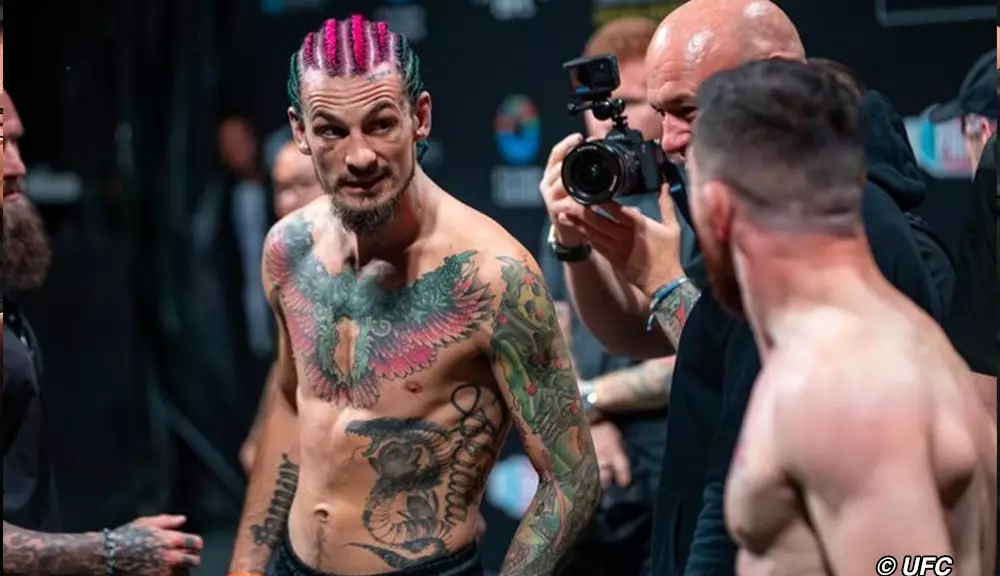In the world of mixed martial arts (MMA), few decisions are as contentious as opting for an immediate rematch. Sean O’Malley’s decision to face Merab Dvalishvili in a highly anticipated headliner at UFC 316 is drawing skepticism from seasoned analysts like Ben Askren. The risk associated with such a move cannot be understated. O’Malley, who recently fell short in his title defense against Dvalishvili, might find himself walking a precarious tightrope. Should he falter again, it could irreparably damage his standing as a potential title contender in a division that thrives on fresh narratives and rivalries.
Askren’s critique highlights a glaring oversight in O’Malley’s strategy. Instead of selecting a less formidable opponent to build his confidence and hone his wrestling skills, O’Malley has chosen to confront the very fighter who dealt him a significant blow to his title hopes. This choice raises important questions regarding his long-term career strategy. In the fiercely competitive bantamweight division, perceptions can shift rapidly. A second consecutive defeat may lead the fanbase to question O’Malley’s ability to compete at the highest level, potentially branding him as a one-dimensional fighter who can only thrive against lower-ranked opposition.
Unpacking the Fighter’s Skillset
Sean O’Malley is undeniably an electrifying striker, known for his dynamic style and knockout power. However, his first encounter with Dvalishvili exposed critical vulnerabilities in his game, particularly his grappling defense. O’Malley demonstrated a glaring deficiency against Dvalishvili’s aggressive takedown attempts, which effectively neutralized his striking capabilities. In the wake of his surgery for a torn labrum, the urgency for O’Malley to improve his wrestling becomes paramount. Askren’s advice resonates: instead of jumping into the deep end, O’Malley should have taken time to address these glaring gaps in his skillset.
While the allure of a high-stakes rematch is undeniable, O’Malley’s career trajectory would be much more favorable if he chose to face opponents who posed fewer threats to his wrestling game. His talent shines most brightly against fighters who engage him in stand-up exchanges rather than those who can easily transition to grappling. Instead of attempting to reclaim his title right away, O’Malley could have sought bouts that allow him to refine his skills and build momentum.
The Spectacle vs. Substance Dichotomy
The spectacle that comes with a high-profile bout does not always equate to substantive growth for a fighter. As the league progresses, fans and analysts alike are becoming more discerning. They crave not just to see exciting fights but also to witness strategic evolution within fighters. Askren’s observation that the rematch seems redundant reflects a growing fatigue among fans who have seen similar outcomes unfold. The spark that O’Malley lit during his rise to prominence could be doused by an uninspired rematch that fails to captivate audiences due to its lack of novelty.
Furthermore, Askren is correct in his assertion that fans are unlikely to be interested in watching a fight that feels predetermined. If O’Malley cannot outmaneuver Dvalishvili’s style successfully, public interest may wane, leading to a diminishing return on investment for the UFC. Rather than taking this route, becoming an engaging personality with a diverse fight portfolio could bolster O’Malley’s marketability and prolong his relevance in the sport.
While the pull of immediate redemption can be alluring, the higher stakes may serve as a double-edged sword for fighters like Sean O’Malley. The complexities of strategy in MMA are evolving, and fighters must adapt their approaches to remain pertinent and competitive.

